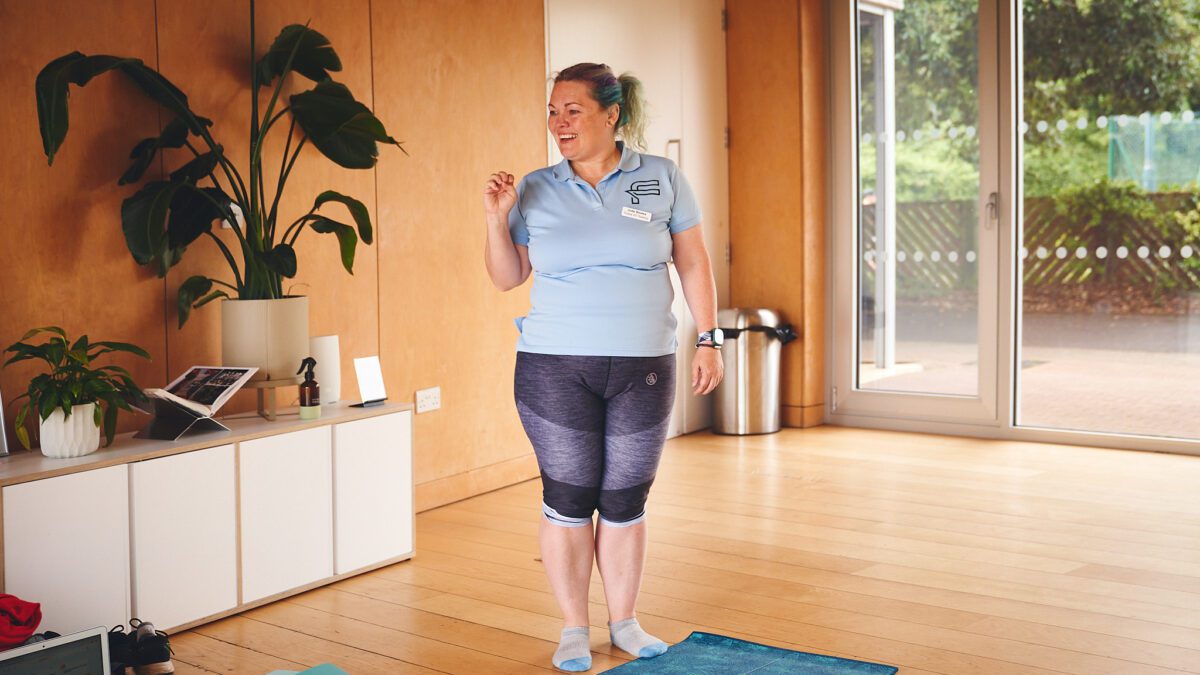



Have you ever been to a Pilates-fusion class to get a new spin on things? Maybe it was even a Spin-lates class. If you’ve been doing the same thing for awhile and want to get some fresh ideas, these types of classes are a great and fun way to break out of “the routine”, so to speak. This is great, but in the end, Pilates is Pilates, and the foundation matters!
With the rise in popularity of Pilates, there are many fusion classes these days. Yogalates, Boxilates, you name it and it’s been done with Pilates. These types of classes are great for teachers who wish to find their niche in the Pilates market, create something unique, and perhaps offer Pilates to people in other populations or disciplines who may have otherwise been not interested in it.
There may come a point, however, when something has been changed, so much you’re not sure what you’re doing anymore. That’s why it’s good to return to the root of classical Pilates.
The return to the root is essential for any Pilates practitioner or teacher. The root and foundation must be strong for the branches to thrive! If there is not a good understanding of the principles of Pilates, then the foundation will not be there.
The order of the exercises is of utmost importance in Classical Pilates. This is probably one of the first things to be thrown out the window in contemporary classes today! The sequence was designed to move the body through a full range of motion in all directions. At the same time, the sequence builds intelligently with warm-up exercises in the beginning and more challenging ones at the end. Additionally, there are modifications and variations for every exercise to make it accessible to everyone. Knowledge of this is essential if you have an injury or decide to become a teacher through our Pilates diploma program here at Future Fit Training. Not to mention, there are specific advanced exercises that should only be performed by students who can perform the necessary prerequisites. This is why understanding the classical Pilates sequence just makes so much sense, to advance and deepen anyone’s Pilates knowledge.
The work is never done in Pilates. The careful attention to detail the exercises provide create a lifetime of learning. Many contemporary Pilates exercises may be layered with less detail or less refinement so that the exercises are not as effective. A good teacher who knows the classical exercises well can make one small correction in their student, such as breathing or where a body part is, and change the entire experience. This is ultimately the corrective goal of Pilates, in assisting the body to be the best it can be and not just another work out fad!
One of the greatest things about the Classical Pilates method is that it promotes consistency. In order to advance and progress to more challenging exercises, you must first master the basic level ones. And this comes with regular practice, under a teacher as well as on your own. When you practice the Pilates sequence mindfully, it becomes like a habit you can train your body with. You can check in with yourself through the exercises and notice- what feels different today? Is something off, tighter, stronger, looser, or feeling better?
These small details will make a world of difference in not only your Pilates practice but also your journey as a Pilates teacher.
Join us to become a Pilates teacher with a Diploma in Mat Pilates.